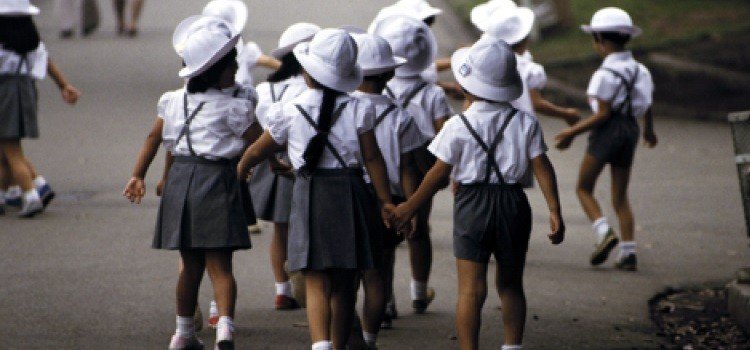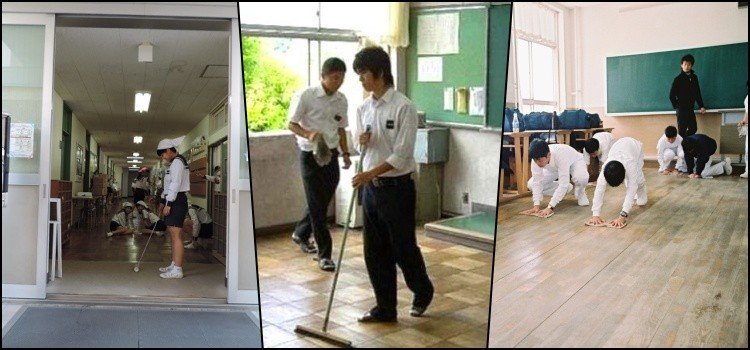Japan, through its exemplary educational system, has managed to achieve a balance between academic training and human development, becoming a global reference. Its unique approach goes beyond teaching traditional subjects, prioritizing the construction of aware citizens committed to society. But what is the secret of this success, and what can we learn from it? Below, we explore the pillars of Japanese education that inspire the world.
Table of Content
Forming Citizens from the Start
In Japan, behavioral education is a priority. In the early school stages, the focus is not on exams or tests, but rather on teaching fundamental values like respect, honesty, generosity, and responsibility. Until around the age of ten, students primarily learn to live in society, developing self-control and cooperation skills.
This initial investment lays the foundation for ethical and conscious behavior that accompanies students throughout their lives. In addition to preparing competent future professionals, this approach creates citizens who understand their role in building a more just and harmonious society. As a result, Japan manages to maintain its stable economy, boost growth, and stand out on the global stage.
Since the age of 6, children go to school alone to help develop independence and maturity.

Collective Responsibility: Hands on Deck
A unique characteristic of Japanese schools is the practice of ōsōji (great cleaning). At the end of classes, students organize to clean classrooms, bathrooms, hallways, and other common areas. This activity is not just a practical matter, but a daily exercise in responsibility and teamwork.
The experience teaches students the importance of taking care of the space they share, reducing waste generation, and promoting respect for the environment. Additionally, it helps to create habits that they carry home, making them less dependent on their parents and more aware of the importance of the collective.

Connection with Tradition: Cultural Identity
Japan deeply values its roots, and this is reflected in the school curriculum. From an early age, students learn traditional practices such as shodô (Japanese calligraphy) and tanka poetry, artistic forms that connect the past to the present. With bamboo brushes and ink, students explore the history and aesthetics of their culture, understanding the importance of preserving traditions that have shaped their national identity.
This emphasis on cultural roots not only keeps centuries-old traditions alive but also reinforces the sense of belonging and respect for the values that define the Japanese people. For them, it is only possible to plan a solid future by knowing and respecting the past.

What Can We Learn from the Japanese Model?
The Japanese educational system teaches that education is not limited to academic learning. The formation of responsible citizens, the appreciation of collective work, and the preservation of culture are pillars that support a more balanced and harmonious society.
By integrating these concepts in Brazil and other countries, it would be possible to transform schools into spaces that promote not just knowledge, but also citizenship and mutual respect, positively impacting society as a whole.
